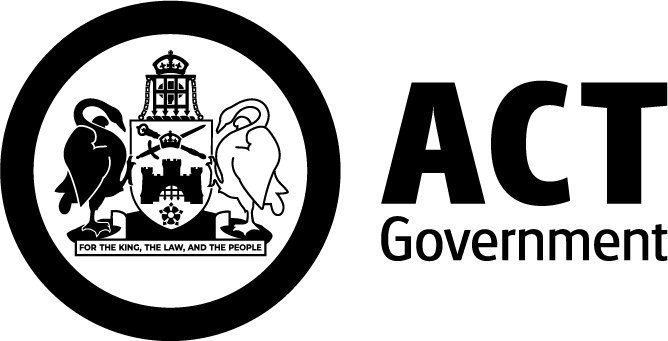
The ACT Wellbeing Framework comprises twelve domains of wellbeing, reflecting key factors that impact on the quality of life of Canberrans. Indicators – the way we measure our progress – are grouped under each domain and will help us know where wellbeing is improving or diminishing in the ACT over time. While an indicator sits under one domain, many are also relevant to multiple domains.
Looking for data? Find out how we are doing across the 12 Domains of wellbeing
Sitting outside the domains, but at the heart of the Framework, is a Personal Wellbeing Index which will provide a measure of the overall wellbeing of the ACT community over time. It draws from the internationally recognised Personal Wellbeing Index scale which contains seven items of satisfaction, each one corresponding to a particular aspect of an individual’s quality of life: standard of living, health, what they are achieving in life, relationships, safety, community-connectedness, and future security.
Our indicators were selected based on community feedback to provide a broad snapshot of outcomes for each domain. The results over time will provide the basis for wide-ranging discussions about the effectiveness of existing policy settings.
All domains and indicators are treated as equally important in this first version of the Framework and as a result have not been weighted or organised into a hierarchy within the Framework. They operate together to form a composite picture of wellbeing in our community. It is possible, and even likely, that indicators will move in different ways over time and, in some cases, positive movements in one indicator could result in negative movements in another.
Understanding these balances will be a key component of using wellbeing indicators to inform government decision making and investment, as well as ongoing conversations within the community.
The ACT wellbeing domains
Throughout our community engagement, a number of areas were consistently identified as contributing most to the overall quality of life of Canberrans. These have been captured as domains in the Framework. Domains encompass many of the environmental, social and economic factors that have influence on our lives and of those around us.
What became clear in community conversations was that many of the domain areas have close connection with each other, and outcomes in one area may depend on outcomes achieved in other areas.
As indicator information and data become available, the outcomes for each domain should encourage even more discussion, within government and across the community, about important linkages and what that might mean for both policy development and delivery. Our data analysis will progressively build our understanding of the significance of linkages.
One of the aspirations for the Framework is that it will encourage more collaborative discussion and consideration across the Public Service directorates as to the factors that might contribute to delivering effective policy and 'joined-up' outcomes.
Indicators: Measuring wellbeing
Indicators are the information that show the condition of a domain. They are statistical aids that, when viewed together, demonstrate the state of wellbeing across the twelve domains. Indicators included in the ACT Wellbeing Framework were developed from a number of sources:
- consultation with the Canberra public and stakeholders through the processes outlined in the Consultation Summary Report;
- deliberations by the ACT Public Service in relation to relevant policy and service delivery outcomes, and their measurement;
- discussions with data and indicator experts including the Australian Bureau of Statistics, the Institute of Health and Welfare, and leading academics from the University of Canberra and Australian National University; and
- consideration of areas covered by other ACT Government frameworks.
The indicators were selected based on their ability to provide valuable insights about what matters to Canberrans. They primarily focus on ‘outcomes’ rather than system outputs or inputs and operate at a whole-of-community level. The degree of influence the ACT Government has over different indicators varies, with some being under closer control than others. But indicators have been included because they matter to people in Canberra.
A significant amount of indicator information is being obtained through surveys of the Canberra population. This represents the best way of gaining insight into how the community considers their current and future wellbeing.
Administrative data can only tell us so much; but will be all the more powerful when combined with survey information from the community. We have been working with the University of Canberra since the early days of the Framework and drawing on results of the University’s Living well in the ACT Region wellbeing survey. The ACT Government also gathers community sentiment through the YourSay Panel.
Reporting on wellbeing progress
An update on our wellbeing progress will be released every two years through our wellbeing dashboard, with updates in relation to government and community action to support wellbeing being reported periodically in the intervening years through the ACT Budget.

